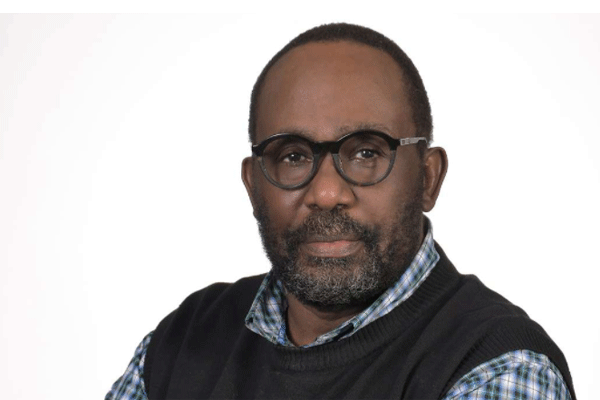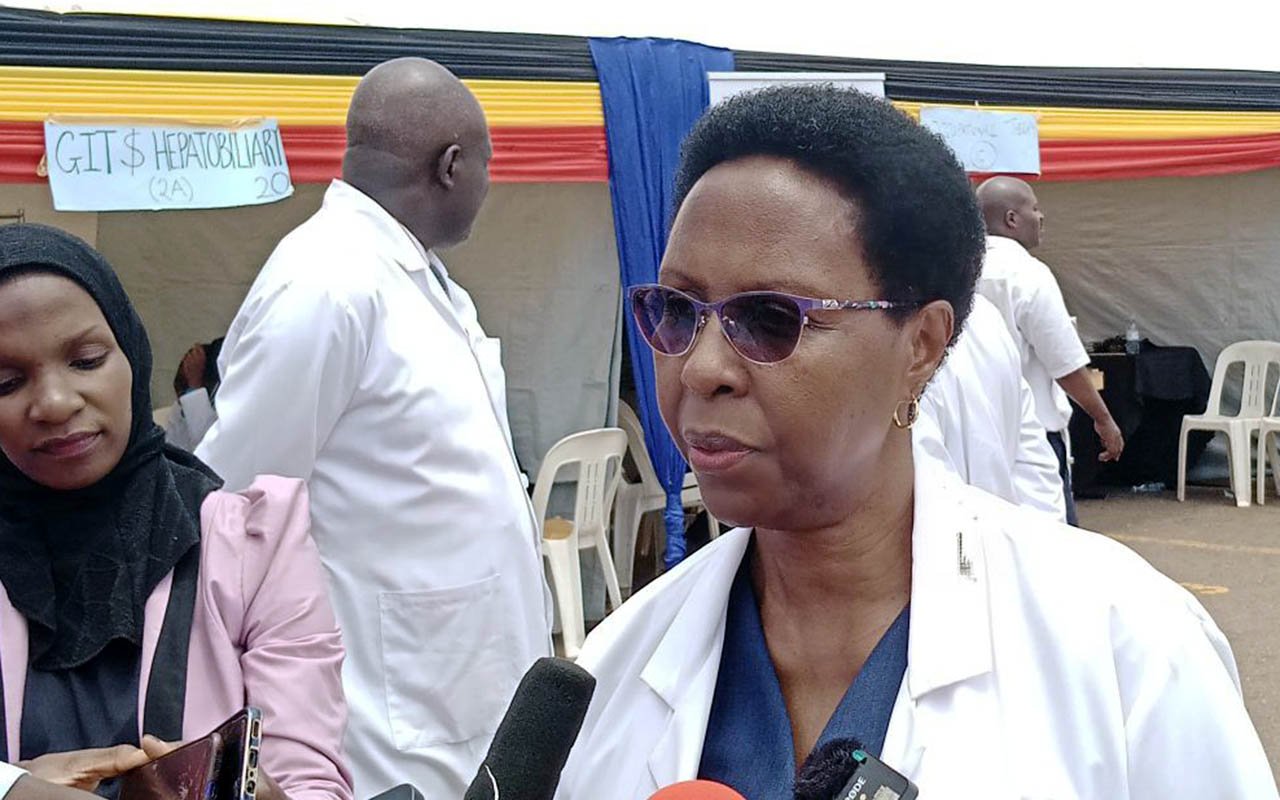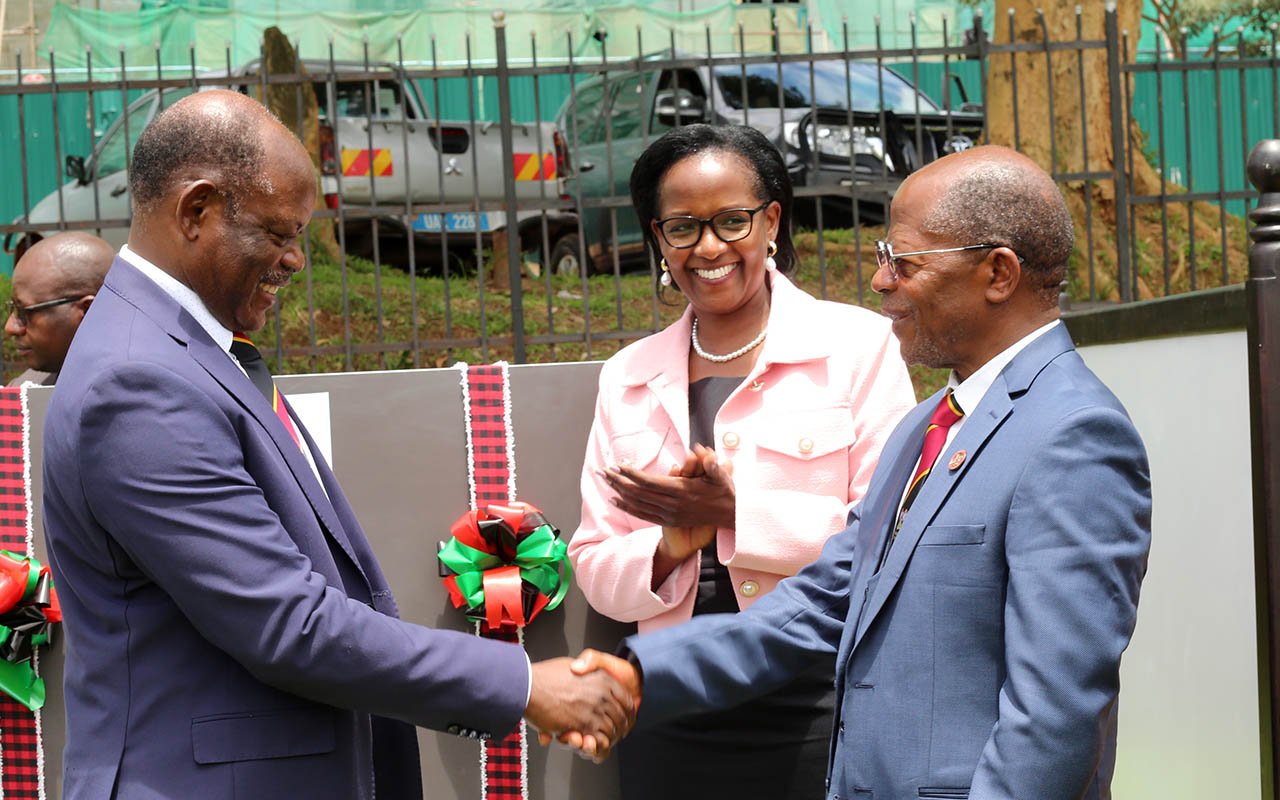Prime
In Bangui, Rwanda is what Uganda was in Mogadishu

Author: Charles Onyango Obbo. PHOTO/FILE
What you need to know:
- It’s heartening to see this transition to African forces protecting other African countries and governments.
The Central African Republic was a thing in Uganda, during the rule of the crazy dictator “Emperor” Jean-Bédel Bokassa who was a very good friend out of our very own tormentor, Field Marshal Idi Amin.
Bokassa’s self-coronation in 1977, which was almost a copy of the coronation of Napoleon as Emperor of the French in 1804, cost the country nearly US$96 million in today’s money, and left it badly out of pocket.
An unusually brutal ruler, in April 1977 Bokassa personally participated in the beating and killing of about 250 people, 100 of them school children, after they protested against his order that they must buy school uniforms made by a company owned by one of his close relatives.
ALSO READ: Museveni’s West-East delicate balancing act
In Bangui, I looked for any remnants of Bokassa’s chamber of horrors, and I found none. Along Nasser Avenue, I was shown a house where one of his elderly widows lives. But the biggest surprise is that many think favourably of the Madman of Bangui. The most popular is “most of the development you see around, that was built by Bokassa”. Embroiled in violent political upheaval and conflict over most of the following 40 years, CAR has lost a generation.
Like Uganda, it has never had a democratic political transition at the polls, barring the two-year interim government of Catherine Samba-Panza. Samba-Panza led through a period of great turmoil, and organised elections as she was mandated. In March 2016, current President Faustin-Archange Touadera was sworn in.
Touadera has had his sleepless nights. As elections approached for December 27, 2020, another rebel group, the Coalition of Patriots for Change (CPC), that had set up in Chad and was marching south to Bangui demanded he suspend the polls. He didn’t, and was re-elected amidst.
In mid-January 2021, the rebels attacked Bangui. Nearly all the rebellions in the CAR emerged from neighbouring Chad – and have succeeded in toppling the government every time.
A United Nations peacekeeping force, the Multidimensional Integrated Stabilisation Mission in the Central African Republic (MINUSCA), which was set up in 2014, had been instructed not to fight the rebels except in self defence. Of the 20 countries in MINUSCA, three of them are East African – Burundi, Tanzania, and Rwanda.
The rebels avoided encounters with Burundi and Tanzanian peacekeepers, as the East Africans have a reputation for toughness, but in Bangui had to face Rwanda. On the outskirts, they attacked a convoy delivering breakfast to Rwandan outposts, killing one soldier. The gloves came off. Within hours, they were eliminated.
Ahead of the election, after the UN had declared neutrality, and withdrawn Toudera’s protection, he had called in Russian help, and asked Rwanda for bilateral security assistance. Though it was in MINUSCA, Rwanda sent a battalion working independently. The second axis of the rebels attacked this bilateral force at the main bridge into Bangui from the west. It ended in a blood bath.
It was the first time in CAR’s history that a rebellion had been stopped. It has forced a big rethink in CAR, but also led to a situation that would be familiar to anyone who visited Mogadishu after the UPDF went in as the first contingent of the African Union peacekeeping force AMISOM. The inner security circle for Toudera is manned by Rwandans, and the last people you pass through to get to him, his wives (he’s a polygamist) are Rwandan UN troops.
The Prime Minister, Speaker of Parliament, Justice minister, the UN peacekeeping chief, are guarded by the Rwandan Police. And so is the outer circle. The Central Africans and the Russians, are in the middle. The Rwandans also secure the airport.
Hanging over these in Bangui, is the Rwandan bilateral force. Unhindered by UN rules, they patrol the city day and night with heavy guns. It’s much like Mogadishu used to be. On my last visit to Mogadishu, we had an interview with the PM at his office. On the outer ring the UPDF held things down. In the middle there was Somali security, and things were noisy.
The UPDF party we were with spoke Kiswahili and threw in a few Somali words as we passed by. We then got to the quiet fortified entrance where the PM was. Only the UPDF was in sight, and you had to pass through them.
Our UPDF guide blew some Luganda, and we were in, and another one led us to the PM.
It’s heartening to see this transition to African forces protecting other African countries and governments. But for the same reason, it portrays starkly the deep crisis that struggling nations like CAR are in. Next week we examine how bad the situation is; how CAR got there – and the opportunities it presents. You guessed right – some hardy Ugandans are already sniffing around for ways to make a quick buck in Bangui.
Mr Onyango-Obbo is a journalist, writer and curator of the “Wall of Great Africans”. Twitter@cobbo3



